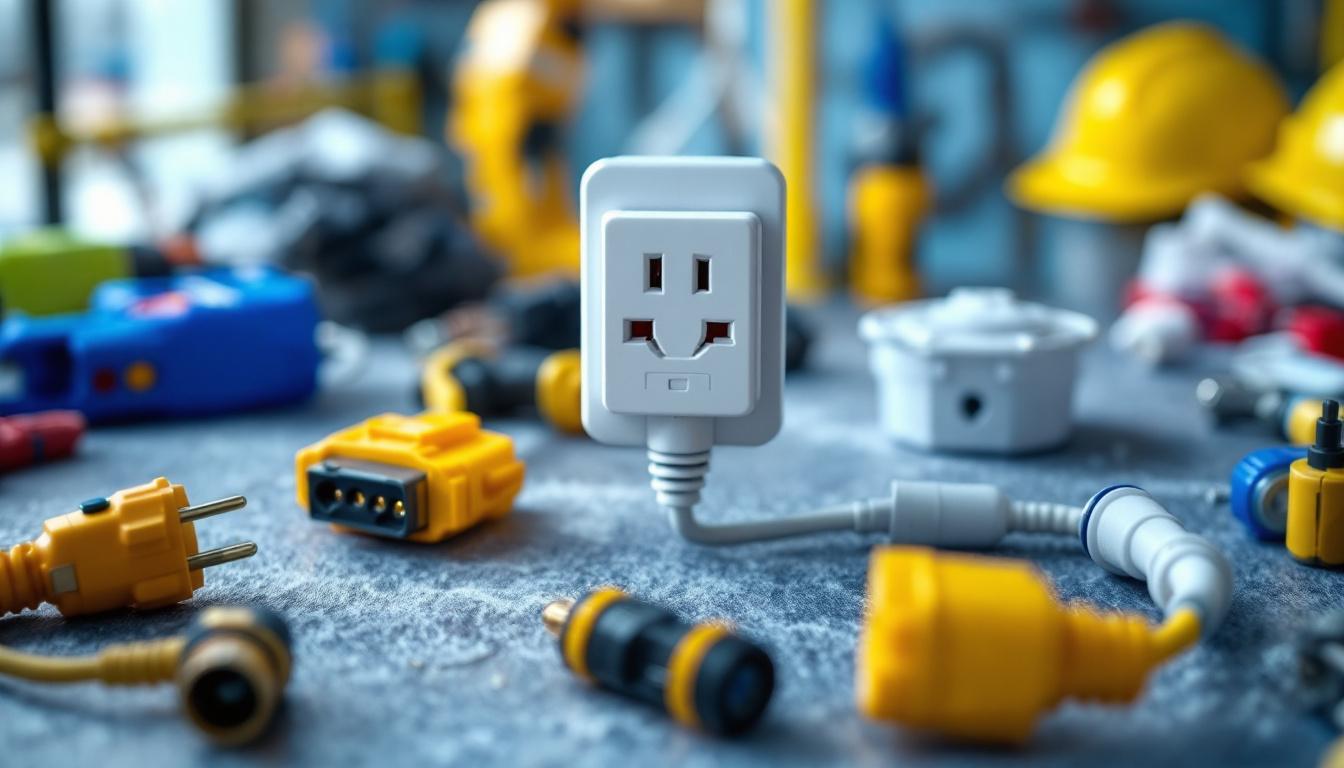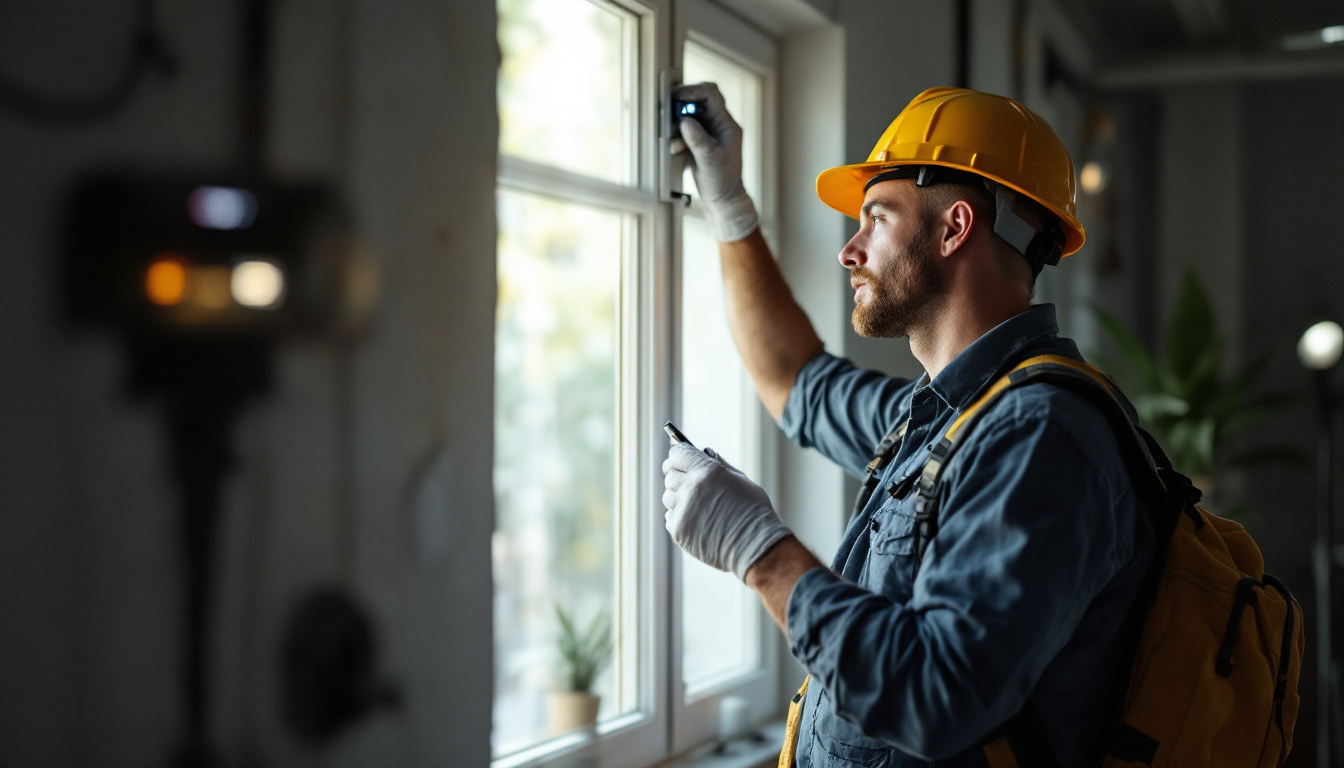
Hospital grade plugs are specialized electrical connectors designed to meet stringent safety and performance standards required in healthcare environments. For lighting contractors, understanding the significance of these plugs is crucial when working on projects in hospitals, clinics, and other medical facilities. Unlike standard plugs, hospital grade plugs feature reinforced construction, superior grounding, and enhanced durability to ensure reliable power delivery under demanding conditions.
In medical settings, electrical reliability can be a matter of life and death. Lighting systems must operate flawlessly to support medical procedures, emergency responses, and patient care. Hospital grade plugs minimize risks such as accidental disconnections, electrical faults, and equipment failures. This reliability is achieved through rigorous testing and compliance with standards set by organizations like Underwriters Laboratories (UL) and the National Electrical Manufacturers Association (NEMA).
For lighting contractors, specifying and installing hospital grade plugs correctly is not just a best practice but often a regulatory requirement. Failure to adhere to these standards can lead to costly rework, safety hazards, and potential legal liabilities. Therefore, a comprehensive checklist tailored to hospital grade plug installations is an indispensable tool for professionals in the lighting industry.
Moreover, the design of hospital grade plugs often incorporates features that enhance user safety and ease of use. For instance, many of these plugs come with a unique color-coding system that helps differentiate them from standard plugs, reducing the likelihood of misuse in critical environments. Additionally, the robust construction of hospital grade plugs includes features like strain relief and locking mechanisms that prevent accidental disconnections, which is particularly important in high-traffic areas where medical equipment is frequently moved and adjusted.
Furthermore, the importance of hospital grade plugs extends beyond mere functionality; they also play a vital role in the overall design and aesthetics of healthcare facilities. Well-planned lighting installations that utilize hospital grade plugs can contribute to a calming and efficient environment for patients and staff alike. By ensuring that lighting systems are not only safe and reliable but also visually appealing, contractors can enhance the therapeutic atmosphere of hospitals and clinics, ultimately supporting better patient outcomes and staff performance.
Hospital grade plugs are built with high-impact thermoplastic or rubberized materials that resist cracking, chipping, and degradation over time. This durability is essential in busy healthcare environments where plugs may be frequently connected and disconnected or exposed to cleaning agents and physical stress.
The internal components, including contacts and grounding mechanisms, are made from corrosion-resistant metals to maintain conductivity and safety. These materials ensure the plug maintains a secure connection, reducing the risk of electrical arcing or overheating. Furthermore, the design of these plugs often includes strain relief features that prevent damage to the cord and internal wiring, extending the lifespan of the plug and ensuring reliable performance even under heavy use.
One of the defining characteristics of hospital grade plugs is their enhanced grounding system. The grounding pin is typically longer and more robust than those found in standard plugs, ensuring the device is grounded before power is applied. This design reduces the risk of electrical shock and equipment damage, which is particularly critical in environments where patients may be vulnerable to electrical hazards.
Additionally, hospital grade plugs often incorporate features such as locking mechanisms or tamper-resistant designs to prevent accidental disconnection or unauthorized use. These safety features are critical in environments where equipment must remain powered continuously without interruption. In some cases, these plugs may also include visual indicators to show that the connection is secure, providing an added layer of assurance for healthcare professionals who rely on the continuous operation of medical devices.
Hospital grade plugs must comply with specific standards such as UL 498A and NEMA WD-6, which define performance criteria including mechanical strength, grounding reliability, and electrical durability. Lighting contractors should verify that all plugs used in healthcare projects carry the appropriate certification marks.
Using non-compliant plugs can result in failed inspections, project delays, and compromised safety. Therefore, understanding these standards and ensuring compliance is a fundamental responsibility for contractors working in the medical sector. It is also advisable for contractors to stay updated on any changes to regulations or standards, as the healthcare industry is continually evolving to enhance patient safety and equipment reliability. Regular training and certification can help contractors maintain a competitive edge while ensuring that they are well-versed in the latest safety protocols and best practices in the installation of hospital-grade electrical components.
Before procurement or installation, review the project documentation thoroughly. Confirm that hospital grade plugs are specified for all relevant lighting circuits, especially those serving critical care areas, operating rooms, and emergency lighting systems.
Consult with electrical engineers, facility managers, and healthcare compliance officers to clarify any ambiguities. This step helps prevent misunderstandings and ensures that the correct plug types and ratings are selected.
Procure plugs from reputable manufacturers with verifiable UL and NEMA certifications. Avoid generic or unbranded products that may not meet hospital grade standards. Request product datasheets and certification documents as part of the purchasing process.
Consider the plug’s amperage and voltage ratings to match the lighting equipment’s requirements precisely. Overrating or underrating plugs can cause operational inefficiencies or safety hazards.
Upon receiving the hospital grade plugs, conduct a thorough inspection. Check for physical damage, manufacturing defects, and correct labeling. Confirm that the plugs match the ordered specifications, including color coding, grounding pin length, and locking features.
Any discrepancies should be reported immediately to suppliers to avoid delays and ensure only compliant products are installed.
Ensure that the electrical boxes, receptacles, and wiring infrastructure are compatible with hospital grade plugs. The wiring should be of appropriate gauge and insulation type to handle the electrical load safely.
Maintain a clean and organized workspace to prevent contamination or damage to the plugs and wiring during installation. In healthcare environments, cleanliness is paramount to avoid introducing contaminants that could affect patient safety.
Each hospital grade plug model may have specific installation instructions. Adhering strictly to these guidelines ensures optimal performance and compliance with warranty conditions. Pay attention to torque specifications for terminal screws, grounding connections, and plug orientation.
Use proper tools such as insulated screwdrivers and wire strippers to avoid damaging components or compromising safety features.
After installation, perform comprehensive electrical tests to verify continuity, grounding integrity, and polarity. Utilize specialized testers designed for hospital grade plugs to detect any wiring faults or potential hazards.
Document all test results meticulously as part of the project quality assurance process. This documentation is often required for regulatory inspections and facility records.
Provide training or detailed documentation to the facility’s maintenance staff regarding the handling, inspection, and replacement of hospital grade plugs. Proper maintenance extends the lifespan of plugs and ensures ongoing safety.
Emphasize the importance of using only certified replacements and following manufacturer recommendations to avoid compromising the electrical system.
Older healthcare facilities may have wiring or receptacles that are incompatible with modern hospital grade plugs. This can lead to installation delays or the need for costly upgrades.
Solution: Conduct a thorough site survey before starting work. Plan for necessary upgrades or adaptors, and communicate these requirements clearly to project stakeholders to avoid surprises.
Healthcare projects often operate under strict timelines, especially when renovations are performed in active medical environments.
Solution: Establish a detailed project schedule that includes procurement lead times, inspection checkpoints, and contingency plans. Early coordination with suppliers and facility managers can mitigate delays.
Electrical and healthcare safety standards evolve, and staying current can be challenging for contractors juggling multiple projects.
Solution: Invest in continuous education and subscribe to industry updates from regulatory bodies. Partnering with manufacturers who provide compliance support can also be beneficial.
Hospital grade plugs should be inspected periodically for signs of wear, damage, or corrosion. Preventive maintenance helps identify potential issues before they lead to failures, ensuring uninterrupted lighting performance in critical areas.
Establish maintenance schedules in collaboration with facility management and document all inspections and repairs.
Employing professional-grade tools designed for electrical work enhances installation quality and safety. Avoid makeshift solutions or tools that can damage plug components or wiring.
Proper tool use also reduces installation time and improves overall workmanship.
Maintaining open lines of communication with hospital staff, engineers, and safety officers ensures that lighting installations meet operational needs and safety expectations. It also facilitates timely responses to any issues that arise during or after installation.
Documenting all communications and decisions helps maintain transparency and accountability throughout the project lifecycle.
For lighting contractors working in healthcare environments, hospital grade plugs represent a critical component that demands careful attention and expertise. Their specialized design and rigorous standards ensure that lighting systems operate safely and reliably, supporting the vital functions of medical facilities.
By following a comprehensive checklist—from verifying project requirements to performing detailed testing and maintenance—contractors can deliver installations that meet or exceed regulatory expectations. Navigating challenges with proactive planning and adherence to best practices further enhances project success and client satisfaction.
Ultimately, mastering hospital grade plug installations not only safeguards patient and staff safety but also reinforces a contractor’s reputation as a trusted professional in the specialized field of healthcare lighting.
Ready to elevate your healthcare lighting installations with the highest quality hospital grade plugs? Look no further than LumenWholesale, where we provide contractors with the best spec-grade lighting products at unbeatable wholesale prices. Our extensive selection is designed to meet the most rigorous industry standards, ensuring your projects are equipped with reliable and high-performance lighting solutions. Plus, enjoy the convenience of bulk buying with free shipping and no hidden fees. Don’t compromise on quality or value—visit LumenWholesale now for Wholesale Lighting at the Best Value and make your next lighting project a shining success.

Unlock the secrets to efficient lighting with our comprehensive guide on daylight sensors.

Discover essential tips and expert advice for lighting contractors on installing and troubleshooting fan light switches.

Discover the essential guide for lighting contractors on LED dimmer switches.

Discover why dimmer switches are essential tools for lighting contractors.